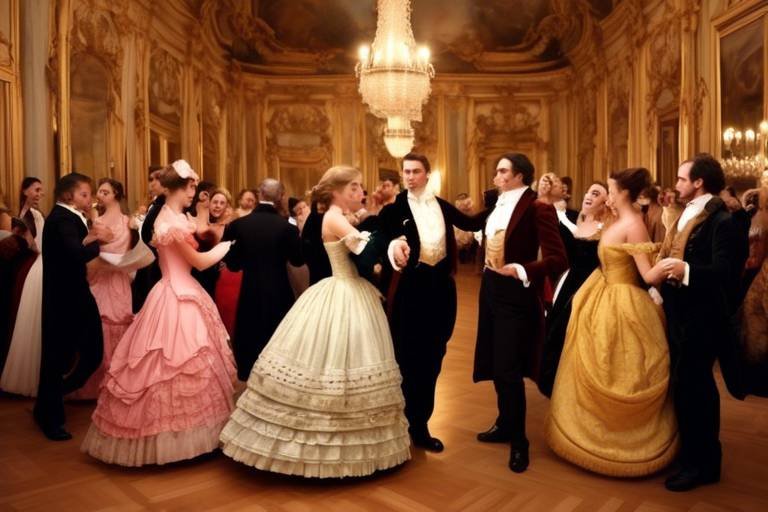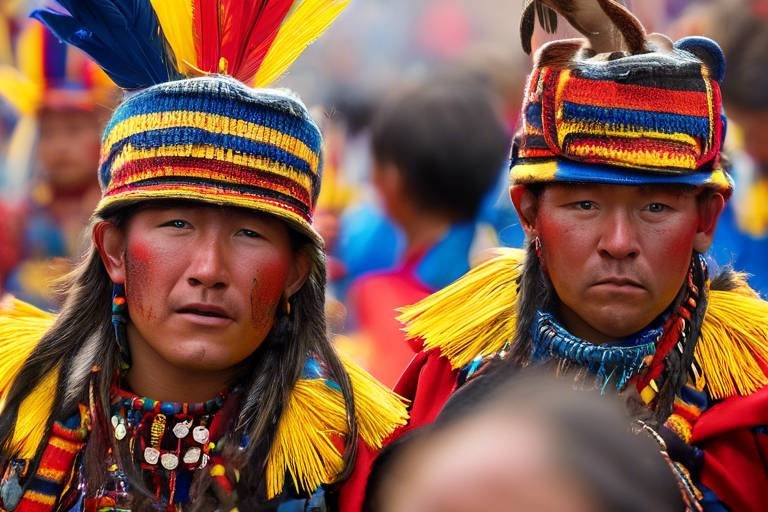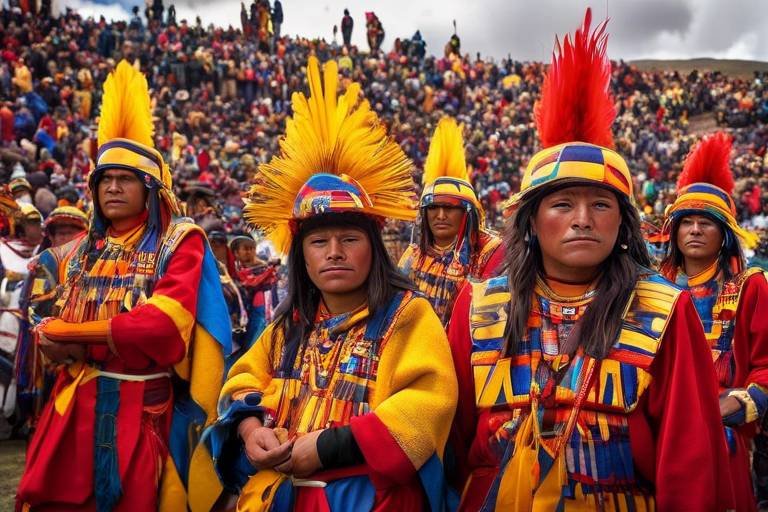Brazil's Festas Juninas - A Month of Celebrations
Brazil's Festas Juninas is a vibrant and colorful celebration that lights up the entire month with its festive spirit. From traditional dances to mouth-watering delicacies, this annual event is a true reflection of Brazil's rich cultural tapestry.

History of Festas Juninas
Explore the vibrant and colorful festivities of Brazil's Festas Juninas, a traditional celebration that takes place throughout the month. From traditional dances to delicious food, discover the cultural richness of this annual event.
The history of Festas Juninas delves into the origins and evolution of this vibrant celebration. It traces back to European traditions brought by Portuguese settlers and blended with indigenous customs, creating a unique cultural tapestry that is now an integral part of Brazilian heritage.
When Portuguese colonizers arrived in Brazil, they brought with them their own midsummer celebrations, which were eventually intertwined with local customs and traditions. Over time, these festivities evolved into what we now know as Festas Juninas, a joyful commemoration of Brazilian culture and history.
The name "Festas Juninas" itself reflects the influence of Portuguese traditions, as the term "Juninas" refers to the month of June when these celebrations typically take place. This historical connection to Portugal adds depth and richness to the cultural significance of the festival.
Throughout the years, Festas Juninas have become deeply rooted in Brazilian society, embodying a sense of community, joy, and unity. The blend of European and indigenous influences has shaped this festival into a vibrant expression of Brazil's diverse cultural heritage, making it a beloved event for people of all ages.
As Festas Juninas continue to evolve and adapt to modern times, they remain a testament to the resilience and creativity of Brazilian culture, showcasing the country's ability to preserve tradition while embracing innovation.

Traditional Music and Dance
Traditional Music and Dance at Brazil's Festas Juninas are the heartbeat of the celebrations, pulsating with energy and cultural significance. The rhythmic beats and lively movements transport participants and spectators alike into a world of joy and festivity. One of the most iconic dances performed during Festas Juninas is the quadrilha, a traditional square dance that tells a story through choreographed sequences. The dancers, dressed in colorful attire, move in synchronized patterns, creating a mesmerizing spectacle that captivates the audience.
Another popular dance form at Festas Juninas is forró, a lively partner dance accompanied by accordion music. Originating in the Northeast region of Brazil, forró is characterized by its infectious rhythm and close embrace between dancers. The music and dance of forró evoke a sense of camaraderie and celebration, inviting everyone to join in the fun and revel in the spirit of togetherness.
As the music fills the air and the dancers twirl and sway to the beat, the atmosphere at Festas Juninas becomes electrifying, drawing people of all ages to the dance floor. The vibrant colors of the costumes, the intricate footwork, and the joyous expressions on the faces of the participants create a visual spectacle that embodies the essence of Brazilian culture and tradition.
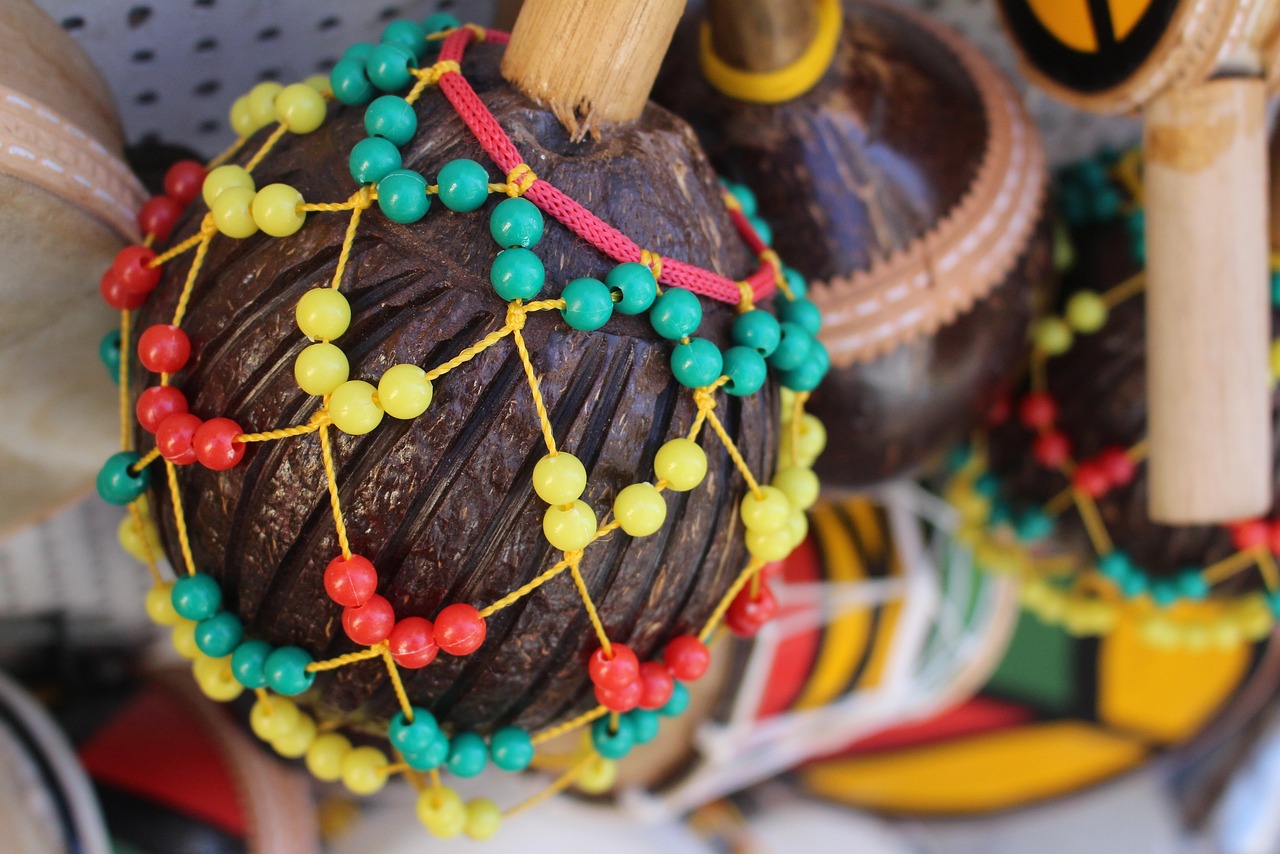
Decorations and Costumes
When it comes to Brazil's Festas Juninas, the decorations and costumes play a crucial role in setting the festive mood and creating an immersive cultural experience. The venues where the celebrations take place are adorned with vibrant and colorful decorations that symbolize the joy and liveliness of the event. Colorful flags flutter in the breeze, creating a festive atmosphere that is hard to resist.
One of the most iconic elements of Festas Juninas decorations is the bonfire. These bonfires not only provide warmth and light but also hold a symbolic significance, representing the tradition of lighting fires to celebrate the winter solstice. As the flames dance and crackle, they add a touch of magic to the festivities, inviting people to gather around and share in the warmth of community.
Additionally, costumes play a key role in Festas Juninas, with attendees often dressing up in traditional attire that reflects the rural roots of the celebration. Men don straw hats and checkered shirts, while women don colorful dresses and pigtails, embodying the spirit of the countryside. These costumes not only add to the visual spectacle of the event but also serve as a way to pay homage to Brazil's agricultural heritage.
Moreover, the use of straw hats in Festas Juninas costumes is not just for show; they have a practical purpose as well. In the past, these hats were worn by farmers to protect them from the sun while working in the fields. Today, they have become a symbol of tradition and are worn with pride during the festivities, adding a touch of authenticity to the overall experience.

Traditional Foods and Treats
Traditional Foods and Treats during Brazil's Festas Juninas are a delightful array of flavors and textures that reflect the country's rich culinary heritage. One of the quintessential treats enjoyed during this festive period is canjica, a sweet dish made from hominy corn, milk, sugar, and coconut. Its creamy consistency and warm, comforting taste make it a favorite among celebrants.
Another popular delicacy is pé-de-moleque, a sweet made from peanuts, sugar, and molasses. This chewy and nutty treat is often enjoyed in squares or bars, providing a satisfyingly sweet contrast to the savory dishes served at Festas Juninas.
For those with a savory palate, pamonha is a must-try dish. This corn-based delicacy is made from ground corn, wrapped in corn husks, and boiled or steamed. The result is a soft and slightly sweet treat that is enjoyed hot, often with a dollop of butter.
In addition to these traditional favorites, Festas Juninas also feature a variety of sweet desserts such as curau (a creamy corn pudding), cocada (coconut candy), and brigadeiro (chocolate truffles). These treats add a touch of sweetness to the festivities and are enjoyed by both young and old alike.
Throughout the month-long celebration, food plays a central role in bringing people together and creating a sense of shared joy and camaraderie. Whether sampling traditional dishes or indulging in sweet treats, the culinary offerings of Festas Juninas are a feast for the senses and a celebration of Brazil's vibrant gastronomic culture.

Regional Variations
When it comes to Festas Juninas in Brazil, the regional variations add a fascinating layer of diversity to this already vibrant celebration. Each region of Brazil brings its own unique flair and customs to the festivities, making it a truly dynamic and colorful event.
In the northeastern region of Brazil, particularly in states like Bahia and Pernambuco, Festas Juninas take on a more traditional and religious tone. The celebrations here often include elaborate processions, church ceremonies, and homage to saints, blending Catholic traditions with local folklore.
On the other hand, in the northern region of Brazil, such as the Amazonas and Pará states, Festas Juninas incorporate indigenous influences, highlighting rituals and dances that pay tribute to the native cultures of the area. The use of vibrant colors, intricate patterns, and unique musical instruments adds a distinct Amazonian flavor to the festivities.
Heading towards the southern region of Brazil, in states like Rio Grande do Sul and Santa Catarina, Festas Juninas may feature a mix of European and gaucho influences. Traditional dances like vanerão and chamamé are performed alongside Brazilian quadrilha, creating a fusion of cultures that is both energetic and captivating.
Furthermore, in the central-west region of Brazil, including states like Mato Grosso and Goiás, Festas Juninas often showcase a blend of cowboy culture and indigenous traditions. The celebrations here may include rodeo shows, horseback riding demonstrations, and folk music performances that reflect the rich heritage of the region.
Overall, the regional variations in Festas Juninas not only showcase the diverse cultural tapestry of Brazil but also highlight the unity in diversity that defines this festive period. Whether you find yourself in the bustling streets of São Paulo or the serene countryside of Minas Gerais, each region's unique interpretation of Festas Juninas adds a touch of local flavor to this nationwide celebration.

Modern Interpretations
Modern Interpretations of Festas Juninas showcase a fascinating blend of tradition and innovation. In today's celebrations, we witness a creative fusion of classic elements with contemporary influences, reflecting the dynamic nature of Brazilian culture. From modernized dance routines that incorporate elements of hip-hop and pop music to innovative culinary creations that put a twist on traditional recipes, Festas Juninas have evolved to cater to diverse tastes and preferences.
One notable aspect of modern interpretations is the incorporation of technology and social media into the festivities. With the rise of digital platforms, organizers now use online channels to promote events, engage with attendees, and share highlights of the celebrations. This digital presence has not only expanded the reach of Festas Juninas but has also transformed the way people participate and interact during the month-long extravaganza.
Furthermore, contemporary artists and designers have reimagined the visual aesthetics of Festas Juninas, introducing innovative decor concepts and fashion trends that add a fresh and vibrant touch to the traditional settings. Bright LED lights, interactive installations, and eco-friendly decorations have become common sights at modern Festas Juninas, enhancing the overall sensory experience for attendees of all ages.
Moreover, the spirit of inclusivity and diversity has permeated modern interpretations of Festas Juninas, with efforts to embrace different cultural backgrounds and promote unity among communities. Collaborative performances featuring artists from various genres and backgrounds have become a hallmark of contemporary celebrations, fostering a sense of shared heritage and collective creativity.
In essence, modern interpretations of Festas Juninas embody the essence of cultural evolution, where the past meets the present to create a vibrant tapestry of traditions and innovations. As Brazil continues to embrace change and embrace diversity, the spirit of Festas Juninas remains a shining example of how heritage and progress can harmoniously coexist in a dynamic and ever-evolving society.
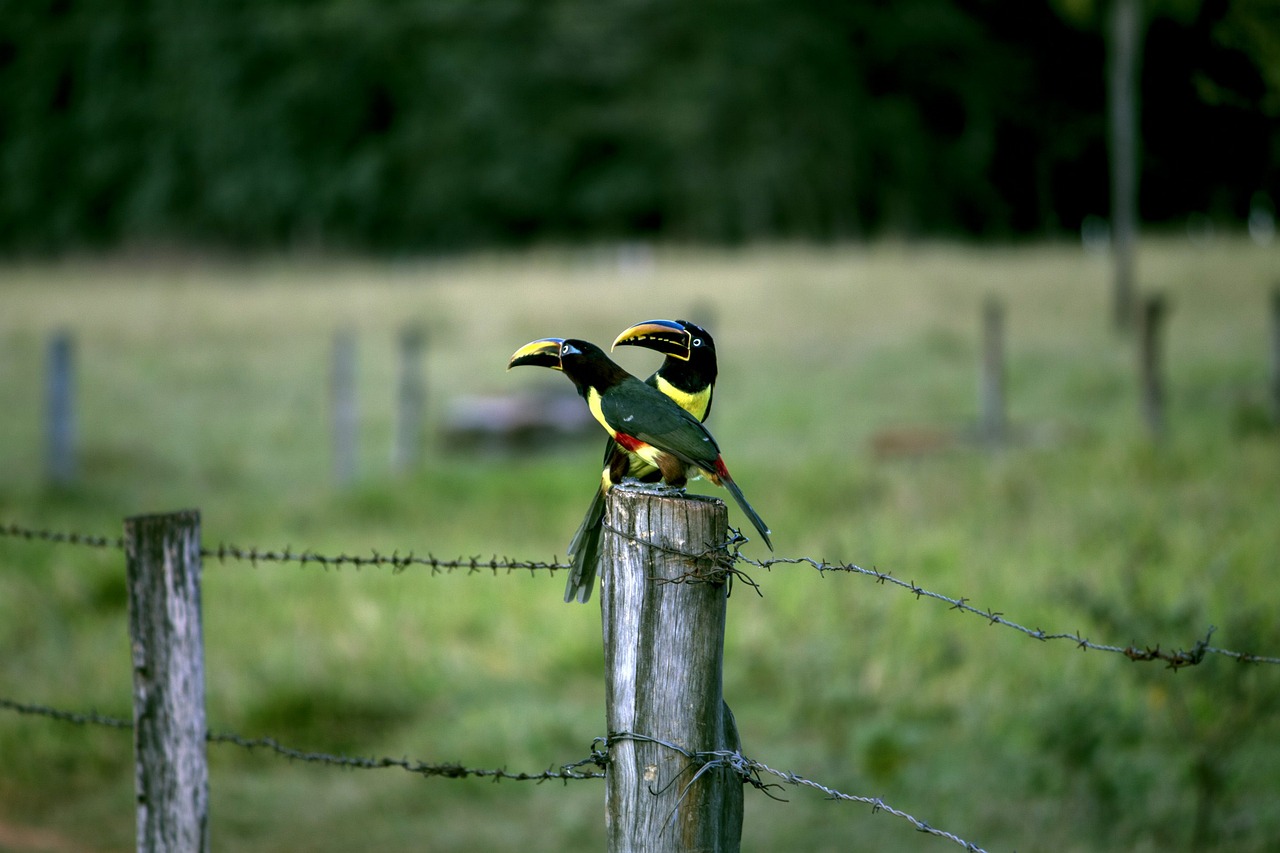
Community Involvement and Social Impact
Community involvement and social impact are at the heart of Brazil's Festas Juninas, fostering a sense of unity and camaraderie among participants. The month-long celebrations bring together people from all walks of life, transcending social boundaries and creating a shared sense of cultural pride.
During Festas Juninas, communities actively participate in organizing events, preparing traditional food, and showcasing local talents through music and dance performances. This active involvement not only strengthens social bonds but also promotes a spirit of collaboration and togetherness.
Furthermore, Festas Juninas play a significant role in promoting cultural heritage and preserving traditional customs within Brazilian society. By actively engaging in the festivities, individuals contribute to the continuity of age-old traditions and pass down cultural practices to future generations.
Moreover, the social impact of Festas Juninas extends beyond the immediate community, creating opportunities for cultural exchange and dialogue. Visitors from different regions and backgrounds come together to experience the vibrant celebrations, fostering a sense of inclusivity and mutual respect.
Overall, Festas Juninas serve as a platform for community engagement, cultural enrichment, and social cohesion, highlighting the importance of collective participation in preserving and celebrating Brazil's rich cultural heritage.
Frequently Asked Questions
- What is the significance of Festas Juninas in Brazil?
Festas Juninas holds great cultural importance in Brazil as it celebrates the traditions and customs inherited from European and indigenous influences. It is a time of joy, community bonding, and culinary delights that bring people together in a festive spirit.
- What are some traditional foods served during Festas Juninas?
During Festas Juninas, you can enjoy a variety of traditional Brazilian dishes such as canjica (sweet corn pudding), pé-de-moleque (peanut brittle), and paçoca (ground peanut sweet). These treats are an essential part of the culinary experience during the celebrations.
- How do different regions of Brazil celebrate Festas Juninas?
Various regions of Brazil add their unique touch to Festas Juninas by incorporating local customs and traditions into the festivities. This results in diverse celebrations across the country, each showcasing the cultural richness of the specific region.
- What is the role of music and dance in Festas Juninas?
Music and dance play a central role in Festas Juninas, with traditional performances like quadrilha and forró adding to the vibrant atmosphere of the celebrations. These cultural expressions bring energy and liveliness to the festivities.
- How has Festas Juninas evolved over time?
While maintaining its traditional roots, Festas Juninas has also adapted to modern influences and trends, resulting in contemporary interpretations of the celebration. This evolution reflects the dynamic nature of Brazilian culture and society.





